Build and operate multicloud FaaS with enhanced, intelligent end-to-end observability
Dynatrace
APRIL 25, 2023
For example, to handle traffic spikes and pay only for what they use. It helps developers and operators identify and troubleshoot issues, optimize performance and improve user experience. Scale automatically based on the demand and traffic patterns. Sign up for a free trial.




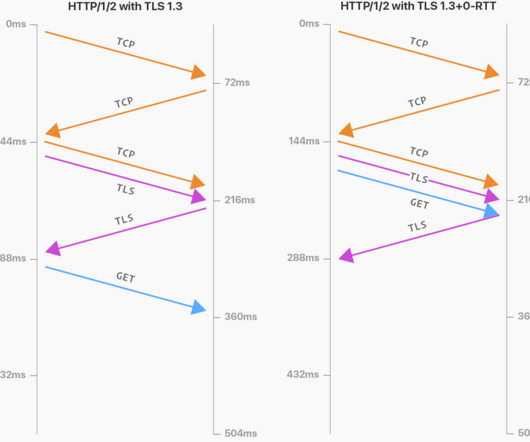

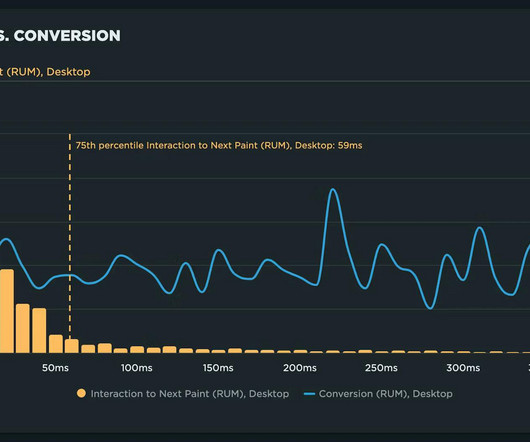










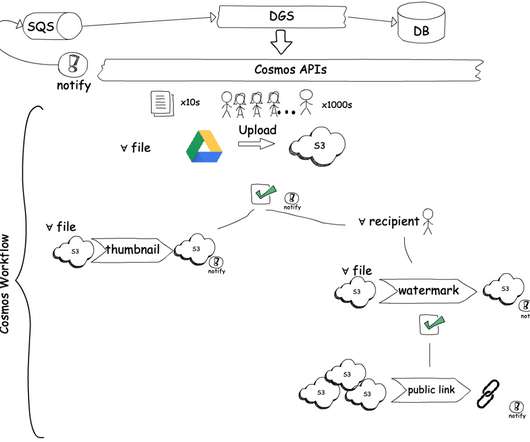
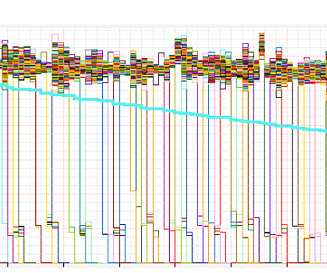




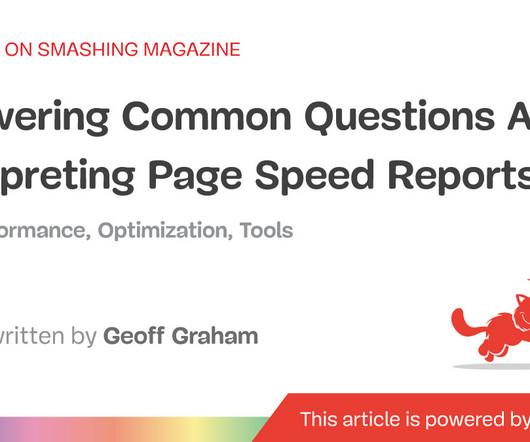
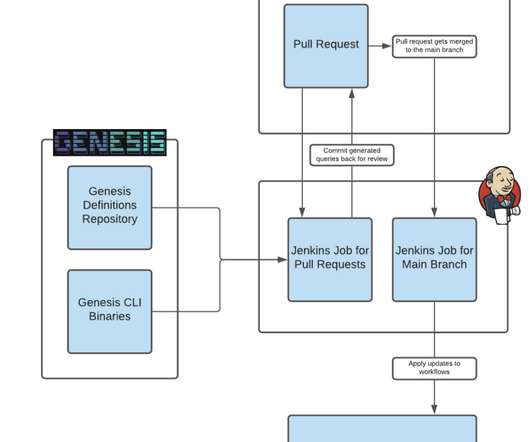




















Let's personalize your content